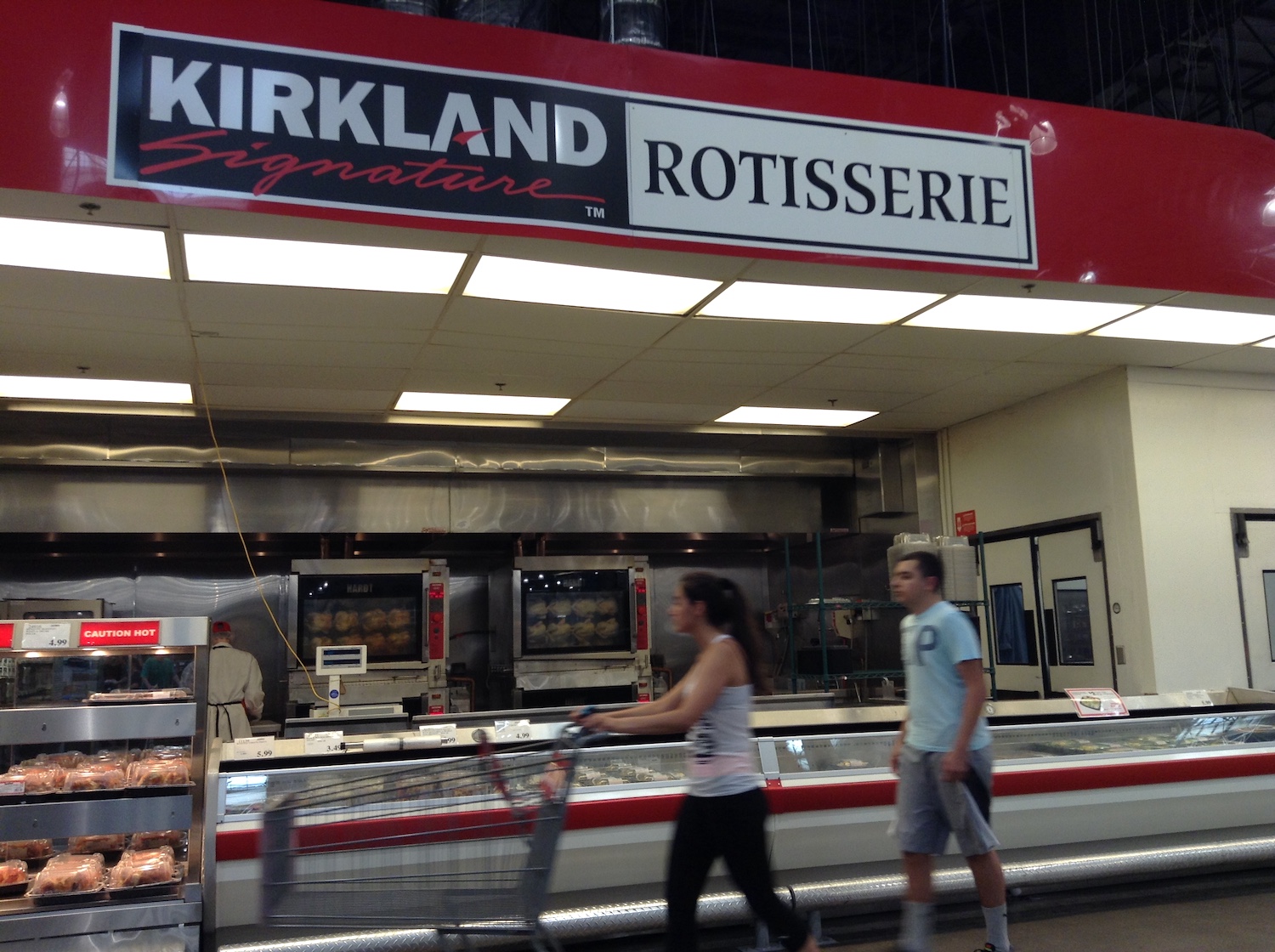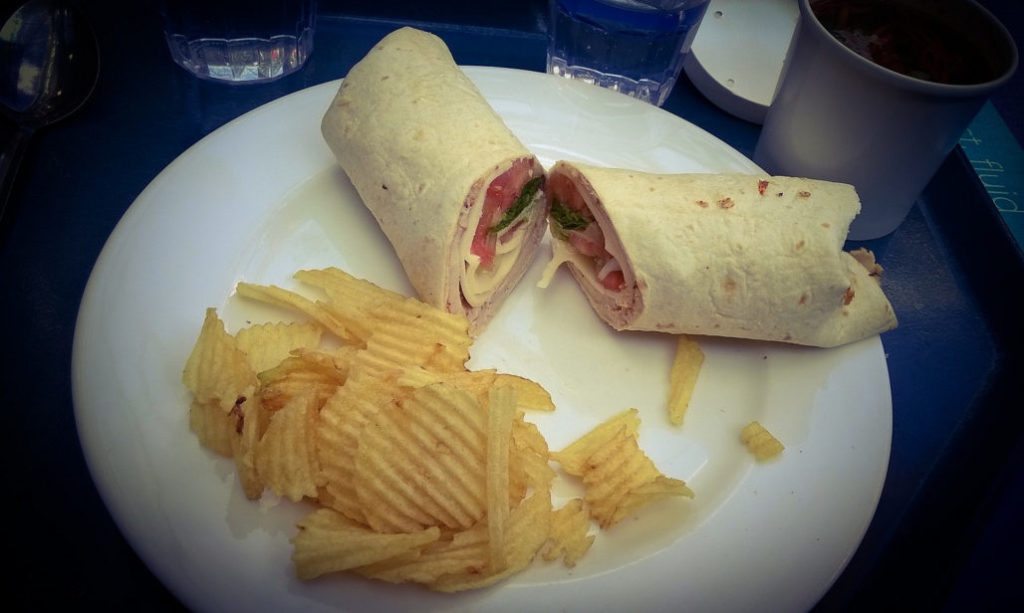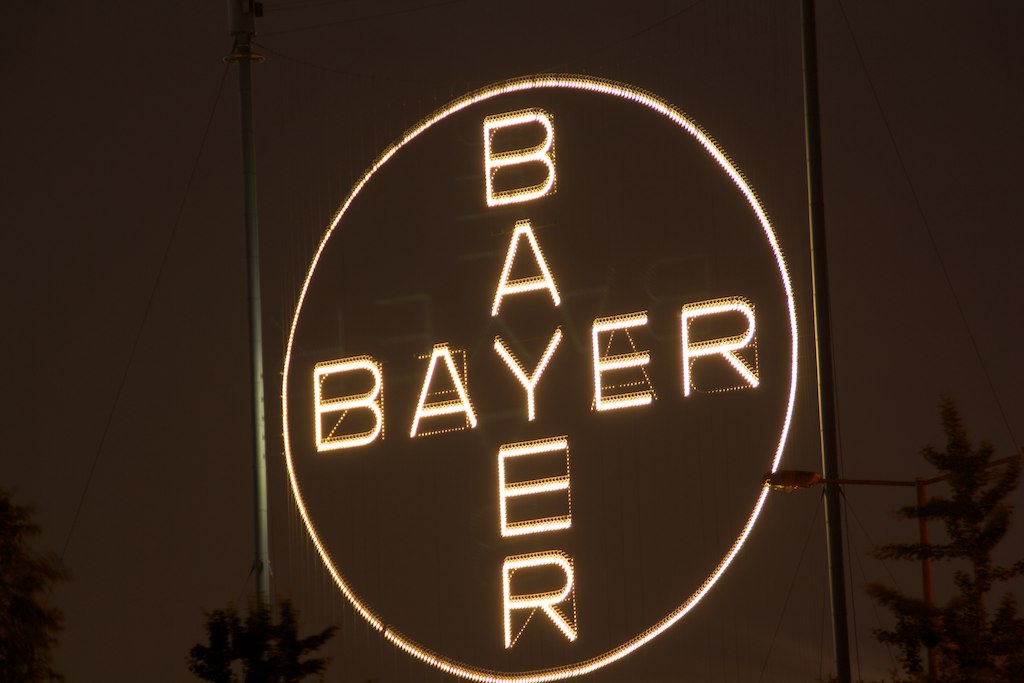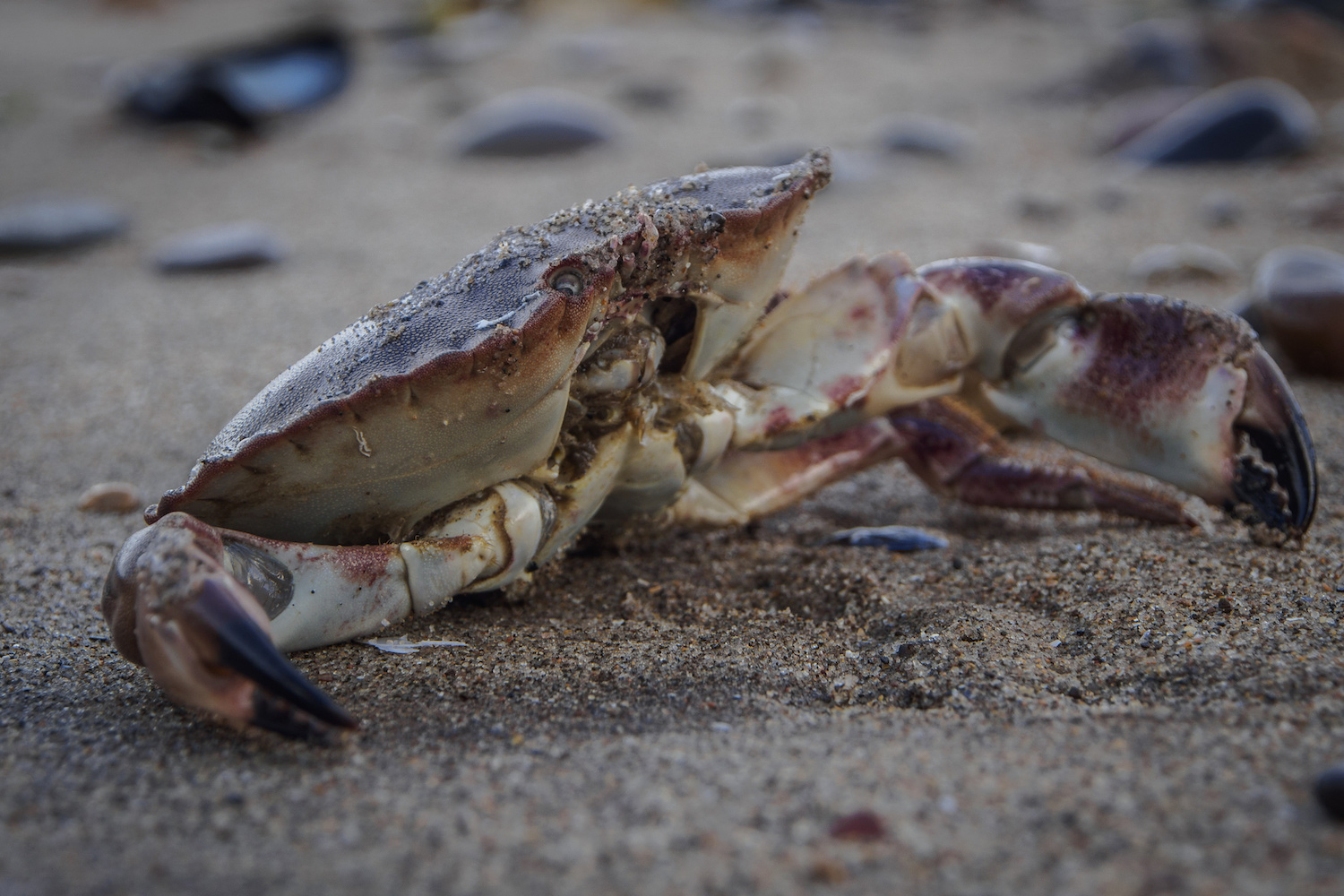This is the web version of a list we publish twice-weekly in our newsletter. It comprises the most noteworthy food stories of the moment, selected by our editors. Get it first here.
Pop a squawk. Costco is beloved for a lot of reasons—cheap hot dogs, tasty free samples, products sold in absurdly large quantities—but its $4.99 rotisserie chickens might be the company’s crowning glory. (Last year, the retailer sold 91 million of the ready-to-eat birds.) They’re also a loss leader, which means that the company doesn’t make a profit selling them. So Costco is about to become its own meat supplier. It has constructed a massive poultry plant in Fremont, Nebraska, that will allow it to control production from farm to store. That’s good for Costco, but maybe not so good for locals. CNN has the story.
Hall pass. Given the meteoric rise of food halls in cities around the world, you’d be forgiven for assuming that business is booming inside them. While that may be the case for food hall landlords, many vendors and chefs are telling a different story. At the popular St. Roch Market in New Orleans, for example, some vendors have complained about inflated rent; stringent, unyielding lease terms; and ballooning labor costs (vendors are required to open at 9 a.m., and some clock 14-hour days). Boyce Upholt talked to them for Heated—well, to the ones without NDAs.
Caloric consciousness. Researchers at New York University conducted a new study linking the relationship between “food comas” and the formation of long-term memories. The results were based on brain activity in sea slugs, which share an insulin-like molecule with humans that is critical for substantial brain function. The study revealed the sea slugs’ molecules showed a strong connection between neurons, a component that controls memory, and nutrient absorption. “It remains to be established whether the human ‘food coma’ is a vestige of our evolutionary past,” says Nikolay Kukushkin, a postdoctoral fellow in the Carew lab. Science Daily has the story.
Love that dirty water. Well before the rise of social media, fledgling craft brewers had to rely on good, old-fashioned word of mouth to gain new devotees. Flash back to the ‘90s, a time when nomadic beer “influencers”—hikers and bikers and Phish followers, oh my—would spread the gospel of new brews across the land. At Outside magazine, A.C. Shilton documents the rise of U.S. craft-beer culture, and its concurrent reliance on influential so-called “dirtbags”.
No whey. If you’re a regular reader of the informative, engaging media outlet, The New Food Economy, you’ve surely learned something about the gene-editing tool, CRISPR. Like, how scientists using the technology in cows accidentally implanted some rogue, non-bovine DNA. But if you’re looking for deep cuts on this still-emergent tech, dive into this article/podcast from The Atlantic, detailing how CRISPR started as an accident (a familiar tale of scientific discovery!) by Wisconsin yogurt researchers.










